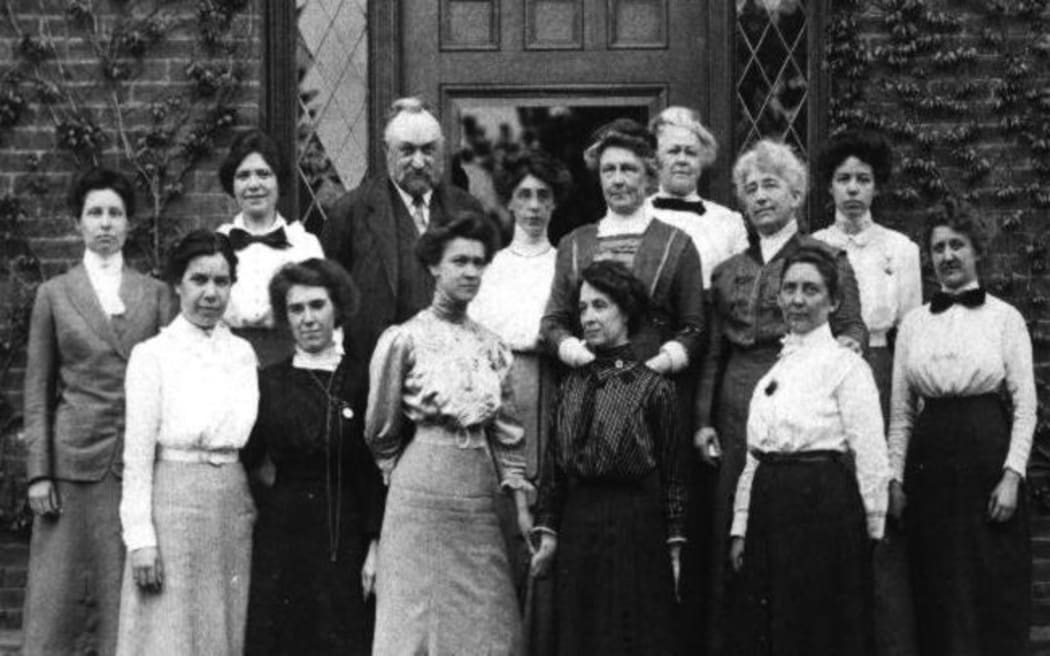In her new book, The Glass Universe: the Hidden History of the Women Who Took the Measure of the Stars, Dava Sobel tells the story of a group of mid-nineteenth century women, the ‘computers’, and their contribution to the burgeoning field of astronomy.
She is the author of several books including Longitude, Galileo's Daughter, The Planets, and A More Perfect Heaven: How Copernicus Revolutionised the Cosmos.

Edward Pickering and some of the woman who worked at the Harvard College Observatory. Photo: Harvard-Smithsonian Center for Astrophysics
She told Saturday Morning the Harvard College Observatory had a forward-thinking director, Edward Charles Pickering, who was in favour of higher education for women, and who felt they made good astronomical observers.
Most observatories at that time were working on a worldwide project to map the stars for navigation, but Pickering was interested in more than just their location, Sobel says.
He wanted to know why some stars were brighter than others, and was interested in utilising the recently developed technology of photography to capture images of stars which could be used to give clues about the temperature and chemical makeup of a star.
The women, known as the ‘Harvard Computers’, pored over the glass photographic plates taken night after night, looking for evidence to further our understanding of astronomy.
One of the women, Scottish-born Williamina Fleming, was initially hired as a maid (although she had been a teacher in Scotland). The Pickerings recognised her intelligence and she was moved to the observatory where she proved herself adept.
“She went on to create one of the first classification systems for the stars and she was also the first woman to have a position in Harvard University, she had a real title,” Sobel says.
Although Fleming and Pickering got along well she voiced annoyance at being underpaid for the work she did compared to men.
As well as being integral to the actual science being done at the centre, women were also major funders of the project. Heiresses Mary Anna Draper and Catherine Wolfe Bruce were interested in astronomy and astronomical photography and donated large sums of money.
Sobel says the women were well known at the time but they have since been forgotten and she wants to tell their story because it parallels the birth of modern astrophysics.
“They were in on the beginning of a new science and they made valuable contributions to it.”

